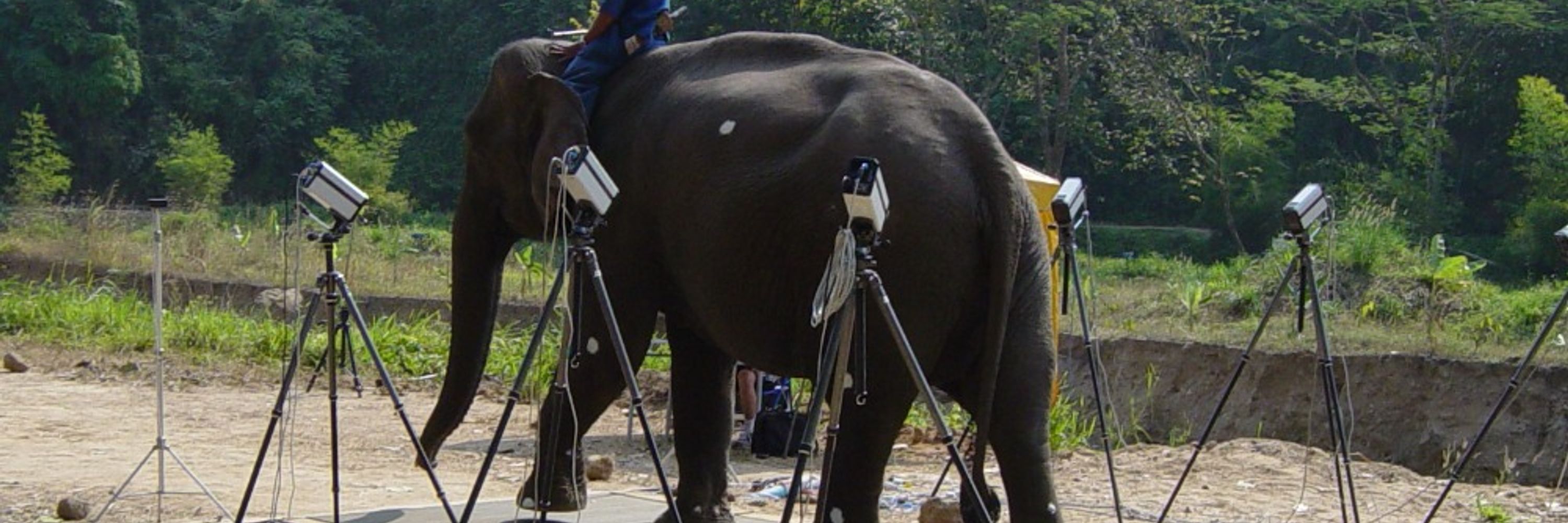
Evolutionary biomechanist. Awesome animals, dinosaurs, anatomy, locomotion, computer modeling, http://whatsinjohnsfreezer.com, #DisabledInSTEM. #DAWNDINOS. He/him. Fellow of the Royal Society.
John Hutchinson is a British academic. He is a reader in nationalism at the London School of Economics (LSE), in the Department of Government.





link.springer.com/article/10.1...



Reposted by John R. Hutchinson

👀👀👀
www.nature.com/articles/s41...
Reposted by John R. Hutchinson, Jesse R. Lasky

STAT on the betrayal of early-career researchers:
www.statnews.com/2025/12/08/t...
Reposted by John R. Hutchinson

Reposted by John R. Hutchinson, Henry Farrell



Reposted by John R. Hutchinson
youtu.be/UYa6gbDcx18?...
(Both characters in this scene; Robin's character throughout the film)
Reposted by John R. Hutchinson

“A wild beaver has been spotted in Norfolk for the first time since beavers were hunted to extinction in England at the beginning of the 16th century.”


Illustration by Nelson Evergreen
I'd not like to be at a Christmas party with Lovecraft; he was not a pleasant person; but I'd happily join the non-human monsters.

"According to Home Office visa statistics, the total number of people receiving a visa for a job in natural and social science in the last quarter was 323 people."
Yes that's making a big difference.

www.bbc.co.uk/news/article...
Reposted by John R. Hutchinson

www.instagram.com/reel/DR0fAXF...
Reposted by John R. Hutchinson
www.christies.com/en/stories/s...
Reposted by John R. Hutchinson

Reposted by John R. Hutchinson

Reposted by John R. Hutchinson

Yes, yes they do.
Here's the first record of honey consumption by a hyena, caught on a camera trap in Kenya:
onlinelibrary.wiley.com/doi/10.1002/...
🧪🌍🐾🍯

